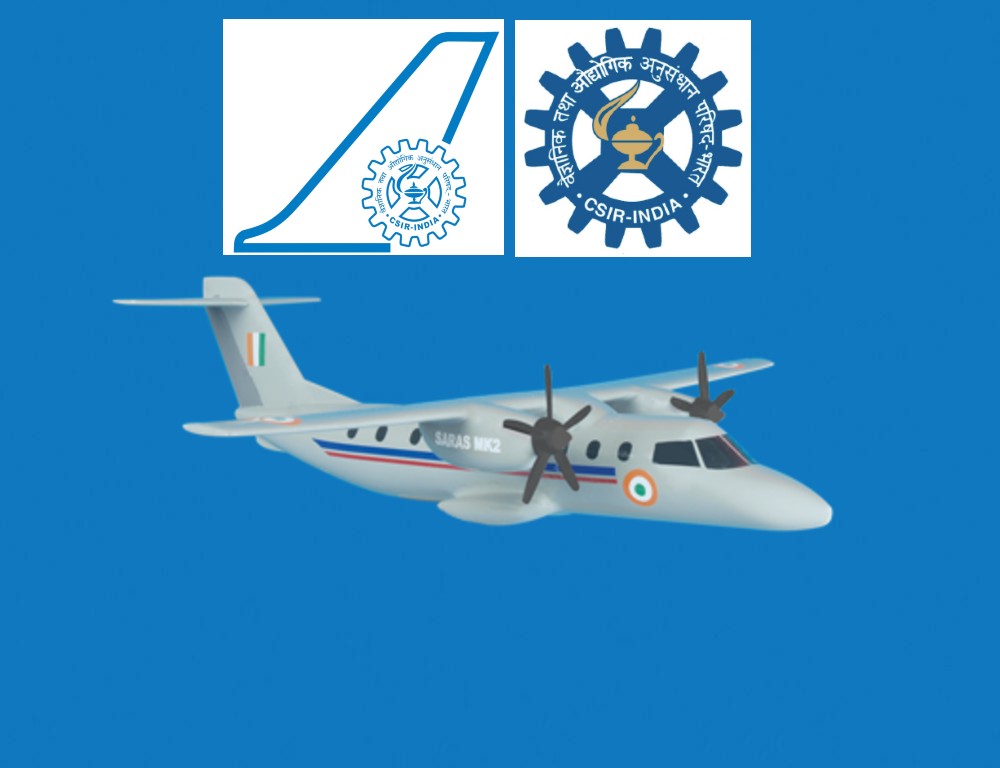Even though Clvid-19 is ripping apart the lives of people across the country, a community of scientists under the leadership of National Aeronautical Laboratories (NAL), an aerospace research wing of CSIR, is working hard to make India’s civil aviation aicraft dreams by working on the project 19-seater Saras Mk2.
India began its dreams to design and develop a multi-role transport aircraft began in 1999 after the green signal from then Prime Minister AB Vajpayee and made NAL the nodal agency to take it forward.
The project gained momentum as its first successful maiden flight took off on May 29, 2004. But scientists had to face many hurdles to get engines for aircraft and few critical technologies. The project had a turbulant phase when the test plane crashed in 2009. But the project gained momentum in 2016 and the 7,000-kg plane made two successful test flights in 2018.
The government’s ambitious Atmanirbharth Bharath gave a booster dose to the project as the project gainied momentum in 2019 and 2020. Speaking to NFAPost, CSIR Director General Shekhar C Mande said the government has ambitious goals to achieve self-reliance in the civil aviation sector.
“CSIR is working along with various agencies to achieve Atmanirbharth Bharath in the civil aviation sector with combined efforts of various government and private agencies. HANSA-NG rolling out is a step in the right direction and we are going ahead with 19 seaters civil aircraft project SARAS. I am confident that we will make it fly by 2022,” said Shekhar C Mande.
The 19-seater Saras project assumes significance in India’s civil aircraft journey as there is a tremendous amount of knowledge generation, design and development of the 70-90 seat aircraft for regional passenger connectivity. The design studies of the next generation 70-90-seater regional transport aircraft are on, and the proposal is under examination by the ministry of civil aviation.
Besides co-development, co-production under the Make in India initiative, the Saras MK 2 project will also put the foundation for India’s ambitious UDAN scheme to facilitate and stimulate regional air connectivity at affordable fares to offer air travel for the masses.
The modified version of Saras has completed 23 flights till now. According to Arvian Research, the Saras project will give another dimension to the aspirations of the government to further enhance rural air connectivity between tier-two and tier-three cities.
“There is no doubt that India urgently needs a Light Transport Aircraft like Saras. We have to note that the estimated demand for small civil and military aircraft will be 120 to 160 craft in the next 10 years. There is also export potential. So the project will take India to the select club of 5 nations soon,” said Arvian Research.





